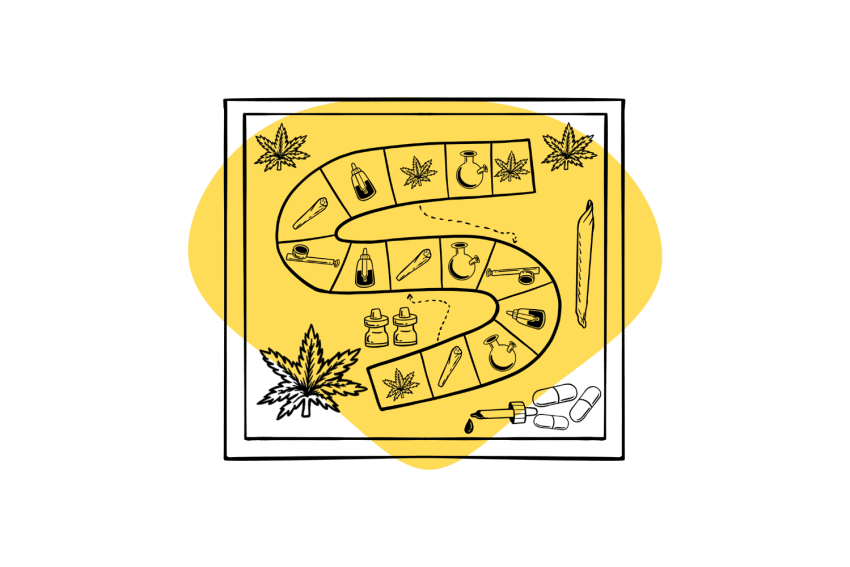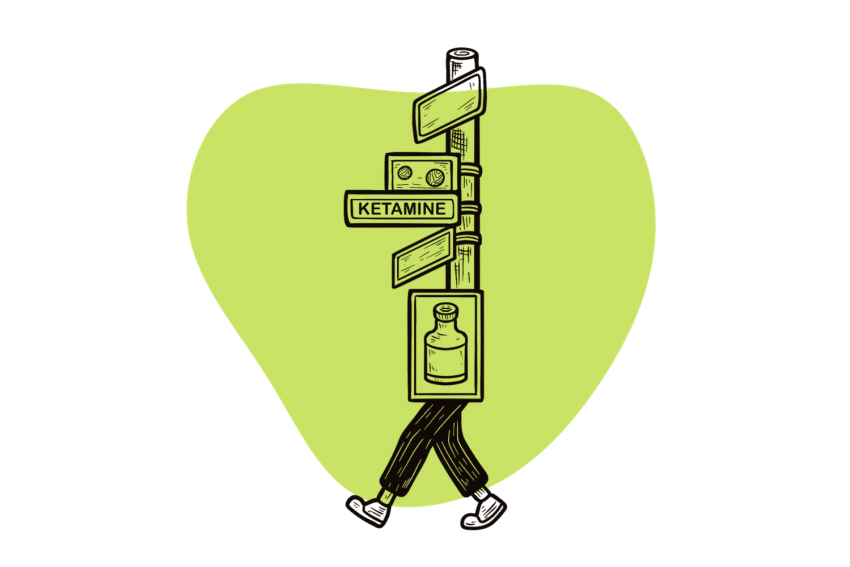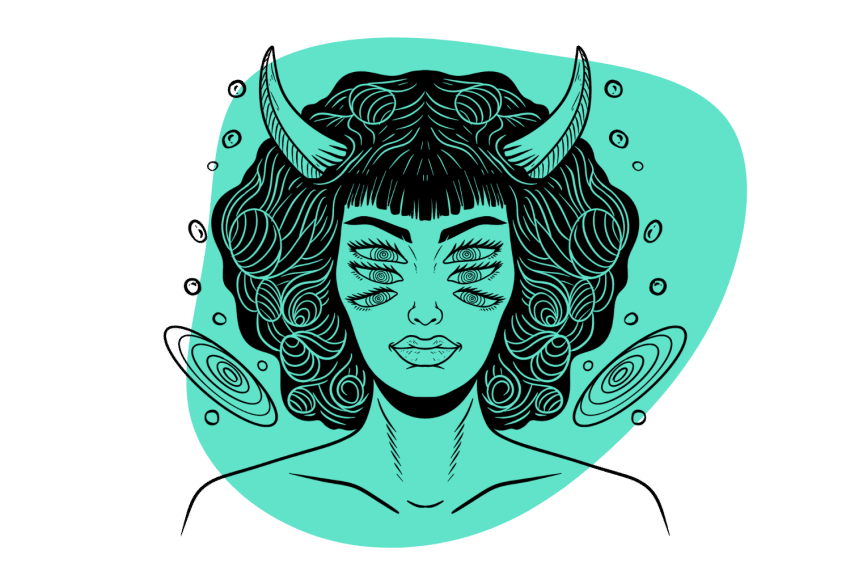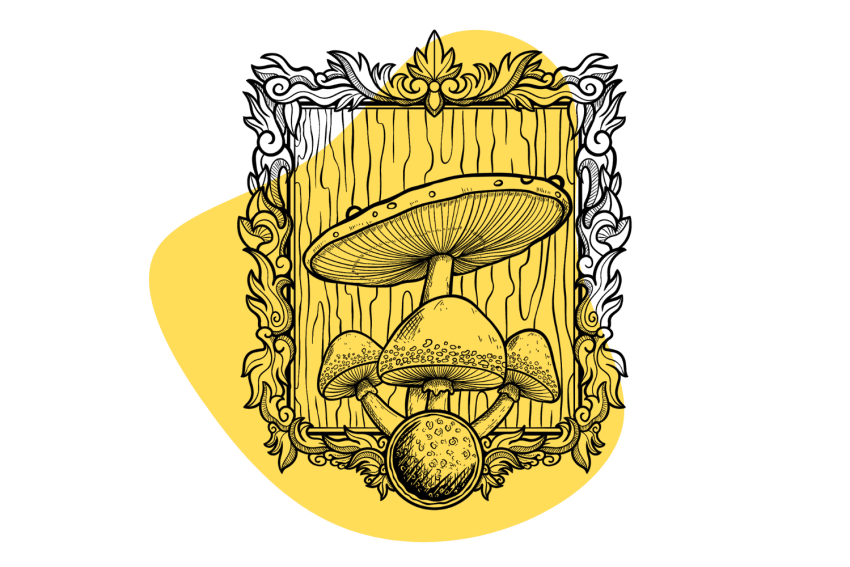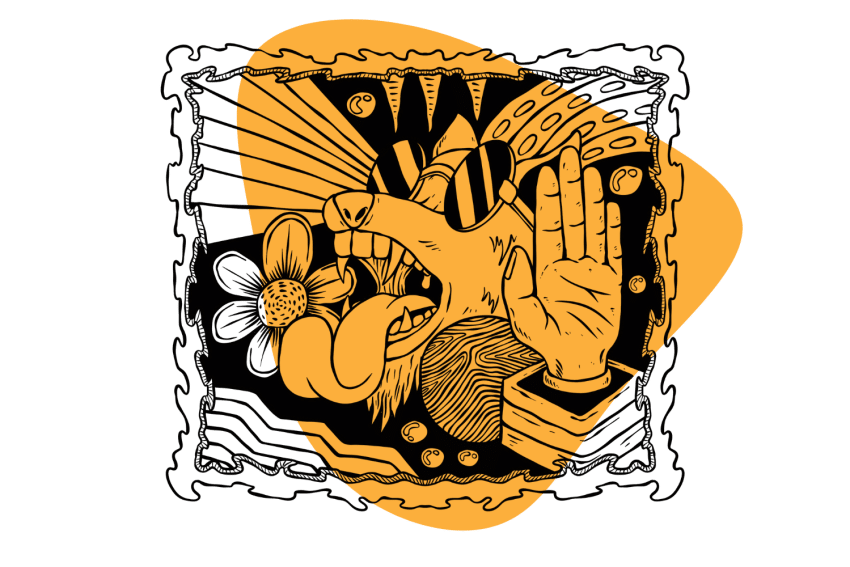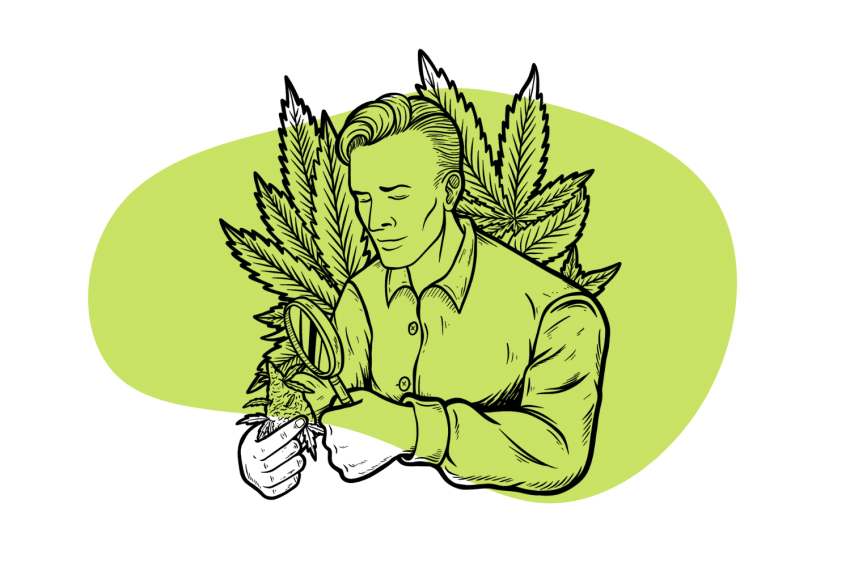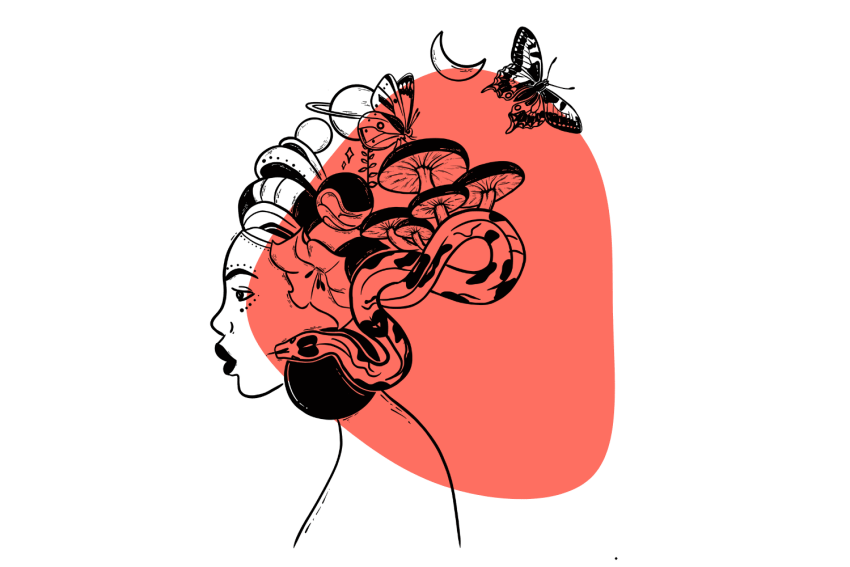How Public Outcry Saved 5 Psychedelic Tryptamines From The DEA Chopping Block
Sometimes when the people make enough noise, the regulators are forced to listen.
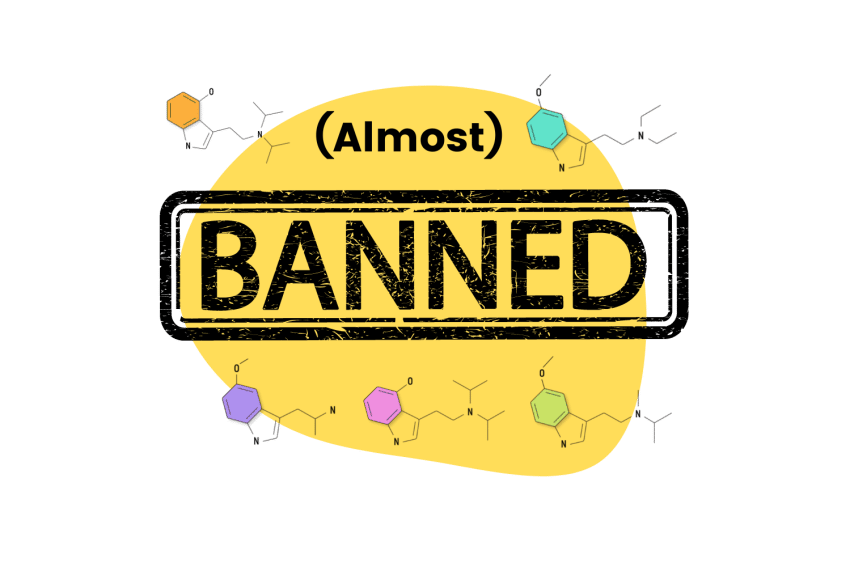
On January 14th, 2022, the DEA withdrew its proposal to schedule 5 tryptamine research chemicals in Schedule 1. That would have placed it alongside methamphetamine, heroin, and other “dark forces” like marijuana, LSD, and mushrooms.
Upon learning of the proposal, the public took it upon themselves to make their voice heard.
The result was historical and (almost) unheard of.
What Happened
The DEA recently came forward with a proposal to schedule five semi-obscure tryptamines — DiPT, 4-HO-DiPT, 5-MeO-AMT, 5-MeO-MiPT, and 5-MeO-DET.
While these are not drugs that are common or even increasing in popularity, they stated that the need was to protect public health.
As the law requires, they opened up a comment period — during which they saw nearly 600 messages opposing their decision. In a rare move, the DEA agreed to hold a public hearing on the matter but then withdrew their proposal altogether.
The last, and perhaps the only, other time this happened was when the DEA moved to schedule kratom. Responses to that included some 2,000 phone calls from proponents of the plant.
Related: What is Kratom (Mitragyna speciosa)
About the Five Tryptamines the DEA Wanted to Schedule
The chemicals that the DEA went after are a part of the “research chemicals” class — or, as our forefathers would call them, “designer drugs.” Of all five, none are very common, and most require a lot of digging to find much information.
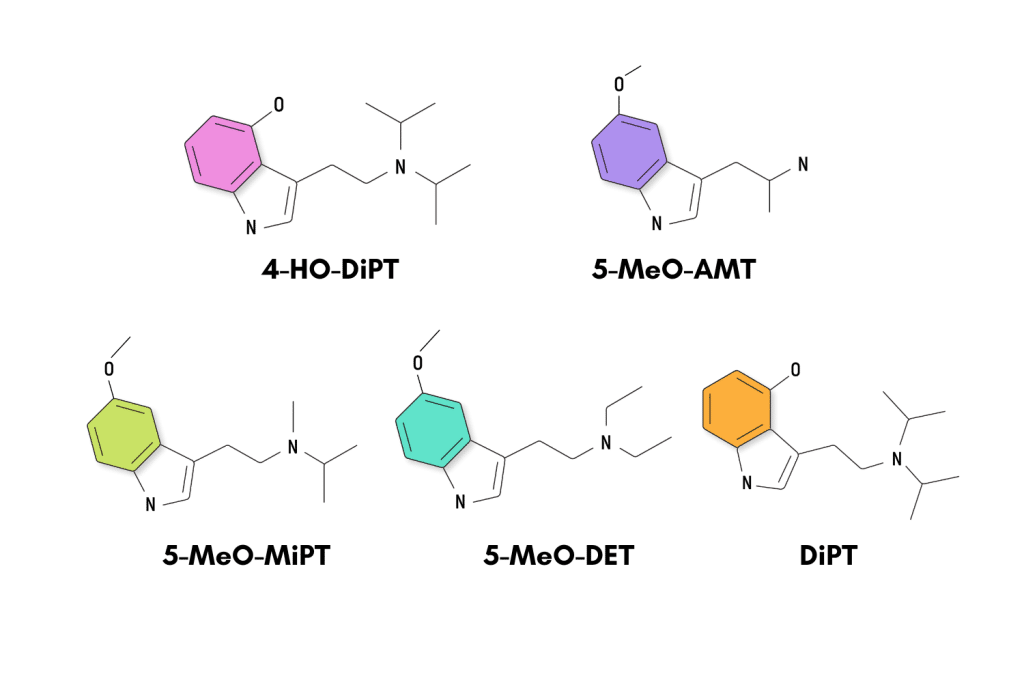
Here’s a brief breakdown of the chemicals that the DEA was after and the types of effects that users report from them:
- 4-Hydroxy-N, N-diisopropyltryptamine (4-HO-DiPT) – An analog to psilocin, reportedly with a shorter duration and higher focus on auditory hallucinations.
- 5-Methoxy-alphamethyltryptamine (5-MeO-AMT) – A tryptamine with an amphetamine component similar to MDMA (ecstasy).
- N-Isopropyl-5-Methoxy-N-Methyltryptamine (5-MeO-MiPT) – The replacement drug of 5-MeO-DiPT that users report to be less taxing and more energizing.
- N, N-Diethyl-5-methoxytryptamine (5-MeO-DET) – A less common tryptamine active in small doses. Alexander Shulgin created this one and discusses it in his book TiKHAL.
- N, N-Diisopropyltryptamine (DiPT) – DiPT is a unique tryptamine that has a minimal visual effect but primarily involves auditory hallucinations.
Of these drugs, there is only one confirmed incident of someone dying due to taking them. That is when one woman, Gloria Discerni, tragically took excessive amounts of 5-MeO-AMT, believing it to be LSD.
Unlike LSD, which has no known lethal dose, the amphetamine component of 5-MeO-AMT can elevate heart rate. As a result, too much can become a big problem.
The DEA’s Supposed Reason for Banning These Psychedelics
The DEA claimed that each of the proposed substances shared a similarity with other scheduled substances, which was their reason for scheduling them. The report lists each compound and then names the other schedule 1 drugs that people might compare it to.
One of the biggest problems this argument runs into is the current outlandish scheduling. Marijuana, psilocybin, and LSD are all schedule 1 drugs. This is a standing reserved only for drugs with no medicinal value and a high risk for abuse. Despite research into therapeutic potential, no real risk for abuse and no known significant toxicity concerns.
When you’re saying that 4-HO-DiPT should be a schedule 1 narcotic because it’s like another drug that shouldn’t be in that category, the foundation of your argument is sand. In the report, they don’t even mention the single casualty associated with 5-MeO-AMT because actual toxicity isn’t a good enough argument to build on.
In reality, the DEA was pulling for the possibility that nobody would notice their action or speak out against it. This is evident because they didn’t even go after the more popular options of research chemicals, hoping they could slide by the comment period.
If they were looking for drugs similar to schedule 1 narcotics, why would they not go after 4-ACO-DMT? What about 1P-LSD, which is virtually identical to LSD?
This is because these “designer drugs” are more established in their use, and the backlash would be more severe.
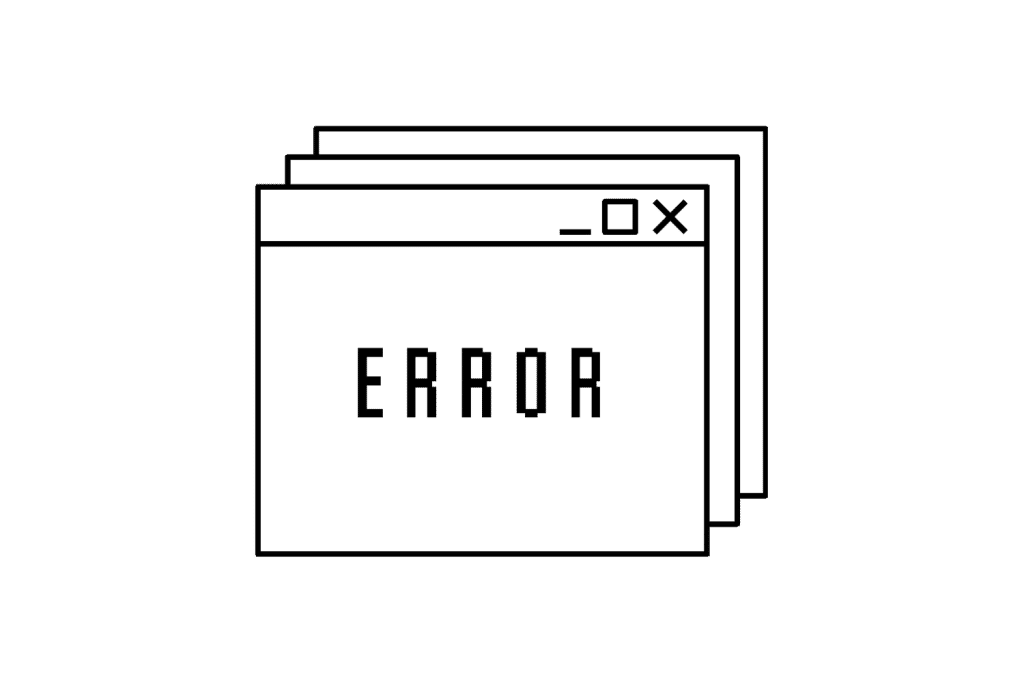
Are These Tryptamines Safe from the DEA Now?
They’re safe for now, but that’s not permanent by any means. The DEA claims they are withdrawing to allow science time to research these drugs before they make a unilateral move on them.
Why was this not the first decision, regardless of the chemical? Probably because our drug policies have always given more weight to emotions and feelings than rationalization.
Finding a drug, studying it, educating the people, and regulating that drug for use would be the rational movement forward. Instead, the DEA proceeds to strike down anything it perceives as new because it views increased criminalization as a win.
In many ways, the world of research chemicals can be safer than buying drugs on the street. If you buy 1P-LSD from a reputable producer, it is more likely that adulterants aren’t making up the product you’re taking.
The same isn’t always true when purchasing from a clandestine dealer. Hopefully, this rational step backward can open up avenues for more questioning our draconian drug policies.

